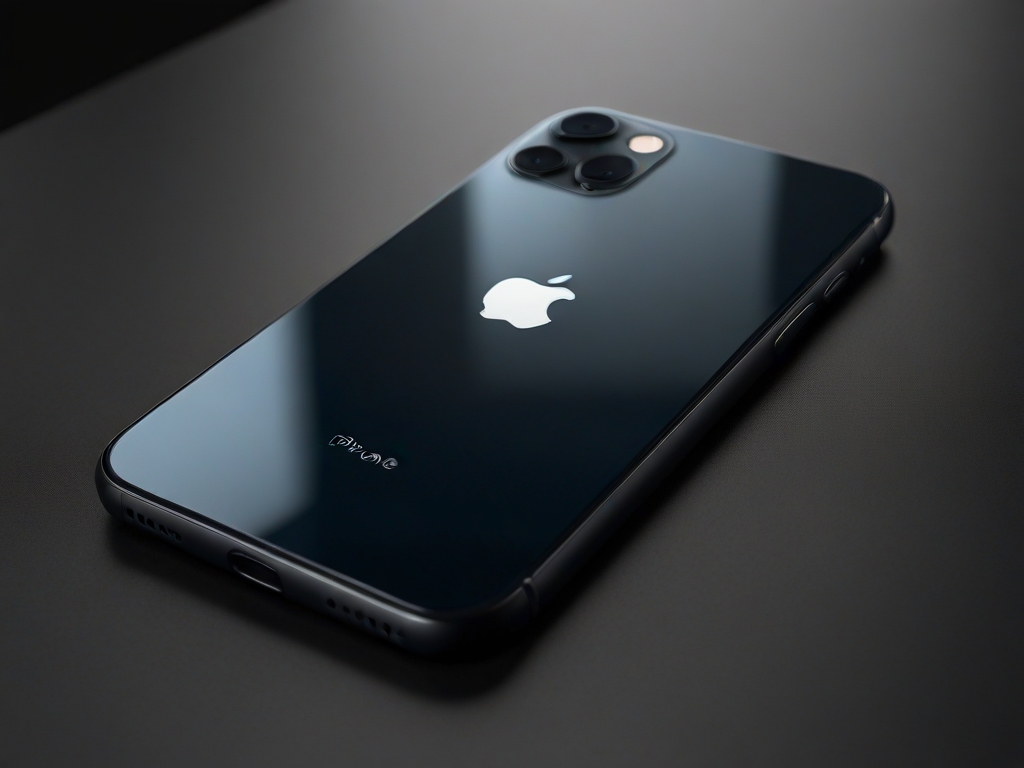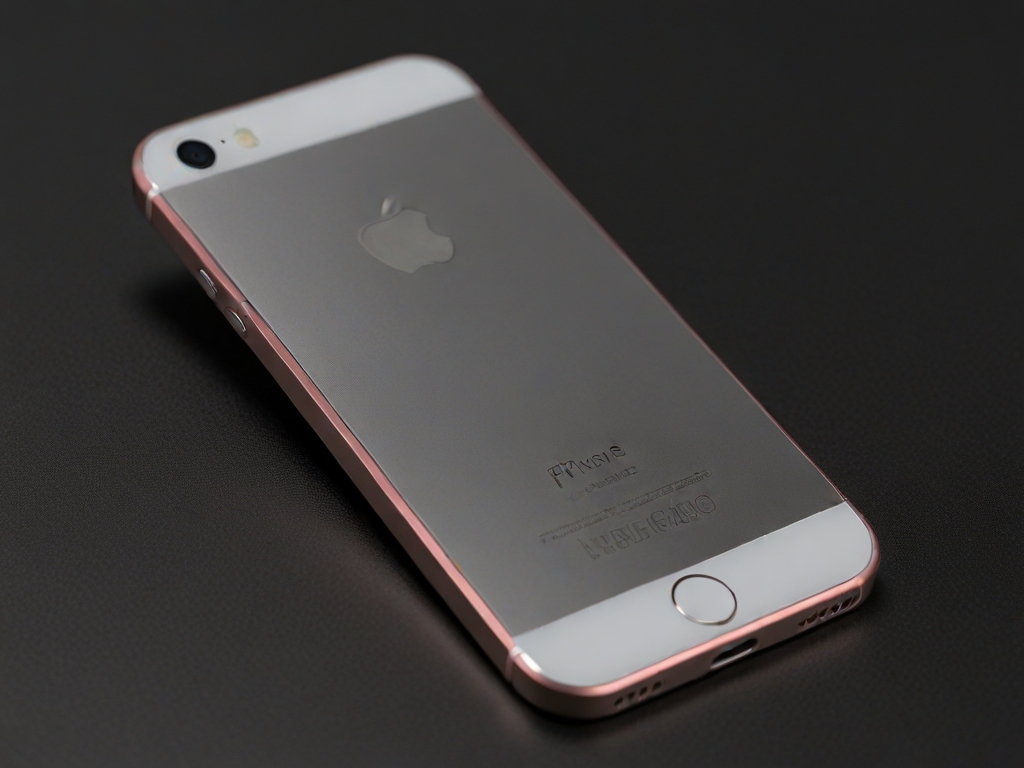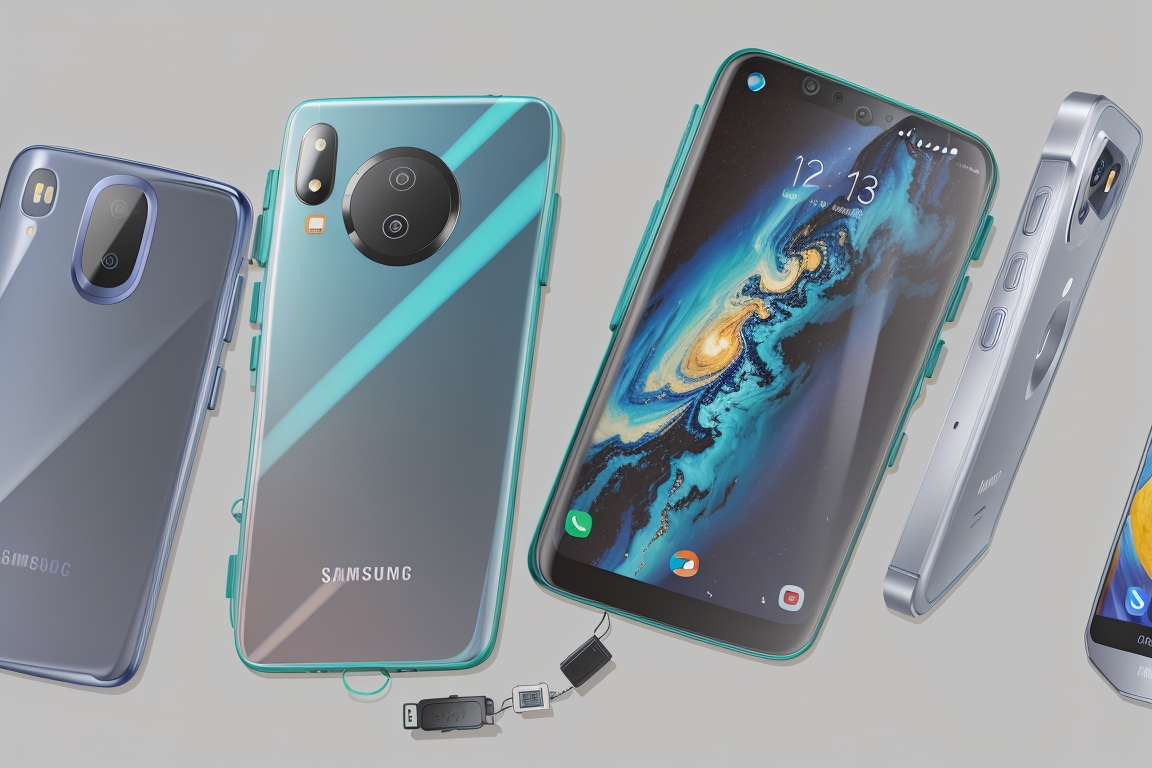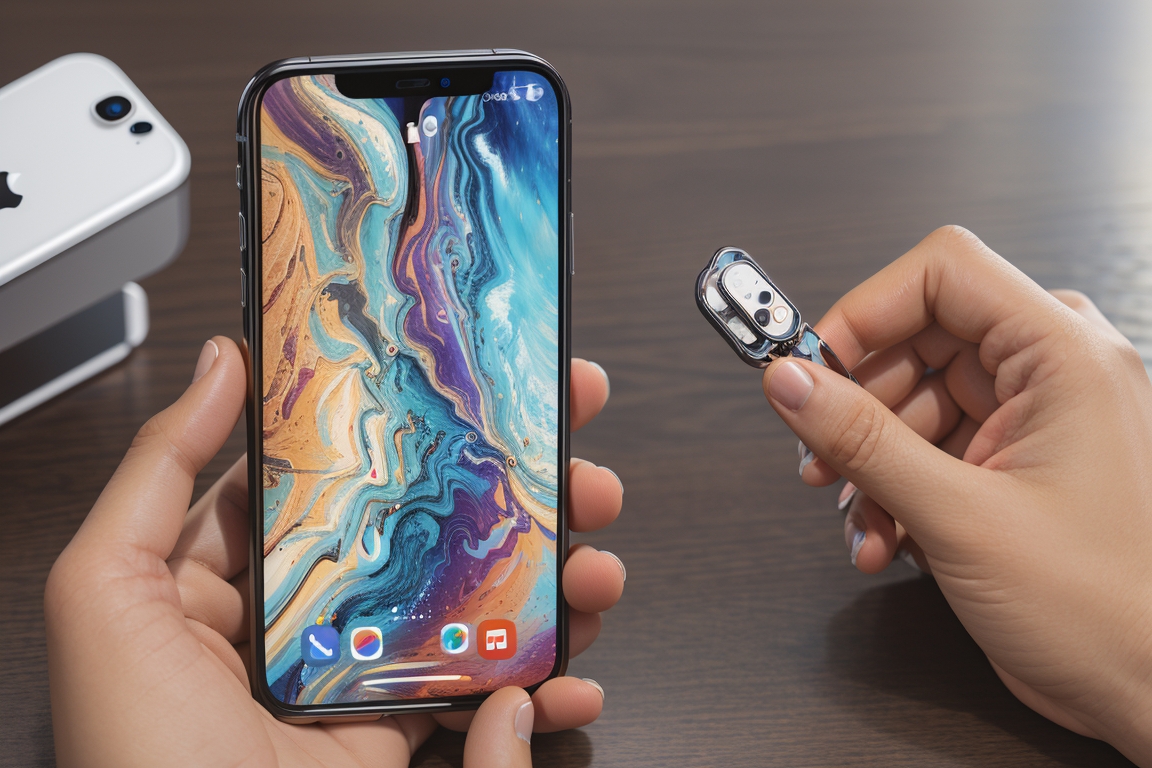Evolution of Mobile Phones have become an integral part of everyday life for most Americans. But these pocket-sized devices have only been around for a few decades. Let’s look back at how mobile technology has evolved since the first bulky car phones of the 1980s.
The Era of the Car Phone and Evolution of Mobile Phones
In the early days of Evolution of Mobile Phones, you needed a car to carry one around. The first commercially available cell phone in the US was the Motorola DynaTAC 8000X – a brick-like device weighing 2 pounds introduced in 1984.
“It was very big and very expensive. The phone cost almost $4,000, while network access cost 50 cents per minute” – Louis Sloan, early DynaTAC 8000X user
iPhone 14 Pro Max Case or iPhone 14 Pro Case and iPhone 14 Pro Max Colors
Car phones were symbols of wealth and importance in the 1980s. However, their high price and limited coverage confined them to business users. A consumer mobile phone market had yet to emerge.
The Rise of the Cell Phone in Evolution of Mobile Phones
Technological advances like cell towers, smaller batteries, and digital networks during the 1990s ushered in an era of slimmer, more affordable cell phones.
Motorola’s StarTAC phone in 1996 was one of the first ubiquitous status symbols of the cell phone age:
- Weighed just 3.1 oz – a fraction of earlier brick phones
- Clamshell design allowed for smaller size when closed
- Over 60 million sold – one of the bestselling mobile phones ever
As prices dropped, cell phones shifted from executive toys to mass consumer items. Companies like Nokia successfully targeted younger demographics with fashionable, colorful phones.
The Smartphone Revolution
When Apple released the iPhone in 2007, it kickstarted a smartphone revolution that continues to this day. With a large touchscreen and “apps” downloadable from the App Store, the iPhone was a leap ahead of earlier feature phones.
What makes smartphones special compared to earlier cell phones?
- Powerful mobile operating systems like iOS and Android
- Ability to install and run all kinds of apps – social media, music, games, utilities
- Faster cellular data networks enabling mobile internet access
- Built-in capabilities like GPS, high-res cameras, and more
Smartphones have enabled constant access to information and entertainment. Today, over 80% of Americans own a smartphone.
The Future of Mobile with Evolution of Mobile Phones
Mobile technology continues advancing at a rapid pace:
How Can China Build a Circular Economy for Mobile Phones?
- 5G networks will bring even faster data speeds
- Foldable displays are bringing larger screens that fold into compact devices
- Camera, display, battery tech improving constantly
- Augmented/virtual reality may become a core phone feature
Like PCs and the internet before them, smartphones are transforming communication, business, and society. It’s exciting to imagine what the future of mobile might hold!















